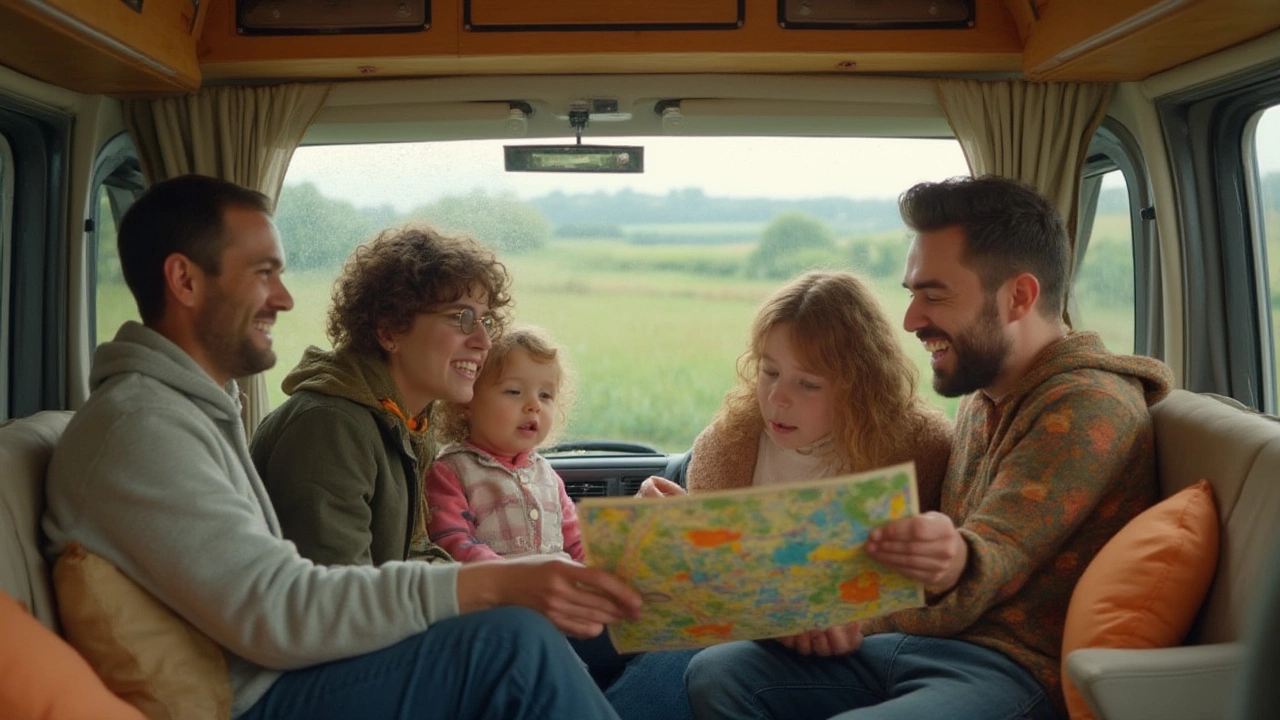Using an RV Toilet on the Road: Real‑World Tips You Need
So you’ve hit the highway in a motorhome and wonder how to make the tiny bathroom work for you. The good news is an RV toilet isn’t that scary – it just needs a bit of prep, the right chemicals, and a simple routine. Below are the things you should do before you leave, what to keep in mind while you’re cruising, and a few tricks for when things go wrong.
Preparing Your Toilet Before You Hit the Road
First, know what type of toilet you have. Most UK motorhomes use a cassette (or “black tank”) system, a macerator that grinds waste, or a simple portable chemical toilet. Each one reacts differently to water and chemicals, so read the manual once and keep the right supplies in a drawer near the bathroom.
Buy a high‑quality RV green chemical. It breaks down waste, controls smell, and prevents clogs. Add the recommended amount each time you fill the fresh‑water tank – a little goes a long way, and fewer dumps mean less hassle.
Check the vent hose. A blocked vent lets odor seep into the cabin. Run a quick thumb test: detach the hose (if possible) and blow through it. If you feel resistance, clear it with a flexible brush or a piece of stiff wire.
Fill the waste‑water (black) tank about a quarter full before you start a long leg. A half‑full tank gives you a buffer for unexpected stops and prevents the pump from running dry when you need a flush.
What to Do When You’re On the Move
While driving, avoid flushing except at a proper dump station. Most RV toilets use a pump that needs a steady water level; sudden movement can cause air bubbles and a messy overflow.
When you find a dump point, park level, turn off the water supply, and open the waste valve slowly. Let gravity do the work – rushing the valve can splash waste back into the toilet bowl.
After each dump, rinse the cassette with fresh water and pour a little extra chemical in. This keeps the interior slick and stops smells from lingering.
If you notice a slow‑draining toilet, the cassette might be near full or a clog is forming. Use a plumbing snake designed for RVs, or push a flexible brush through the inlet to loosen debris. Avoid harsh chemicals like bleach; they can damage seals and break down the pump.Power outages or low battery can affect macerator toilets. Keep a small bucket of fresh water nearby and a manual flush method (some models let you open a release valve) so you’re not stuck mid‑trip.
Got an emergency where the waste tank overfills? The quickest fix is to find the nearest service station or caravan park with a dump. If you’re really stuck, empty a small amount into a portable waste bag – it’s not pretty, but it buys you time.
Finally, keep the bathroom ventilated. Crack the window, run the roof vent, or use a small battery‑operated fan. Fresh air plus the right chemicals equals a far less smelly ride.
Following these simple steps will make your RV toilet feel just like a regular bathroom – without the surprise odors or sudden blockages. The road is meant for adventure, not bathroom drama, so prep, use the right chemicals, and respect the dump stations. Happy travels!
Can You Pee in an RV While Driving? Real Answers for Road-Trippers
Wondering if you can use your RV toilet while on the move? This article unpacks the rules, safety issues, and real experiences—plus tips for handling road-trip bathroom breaks.
